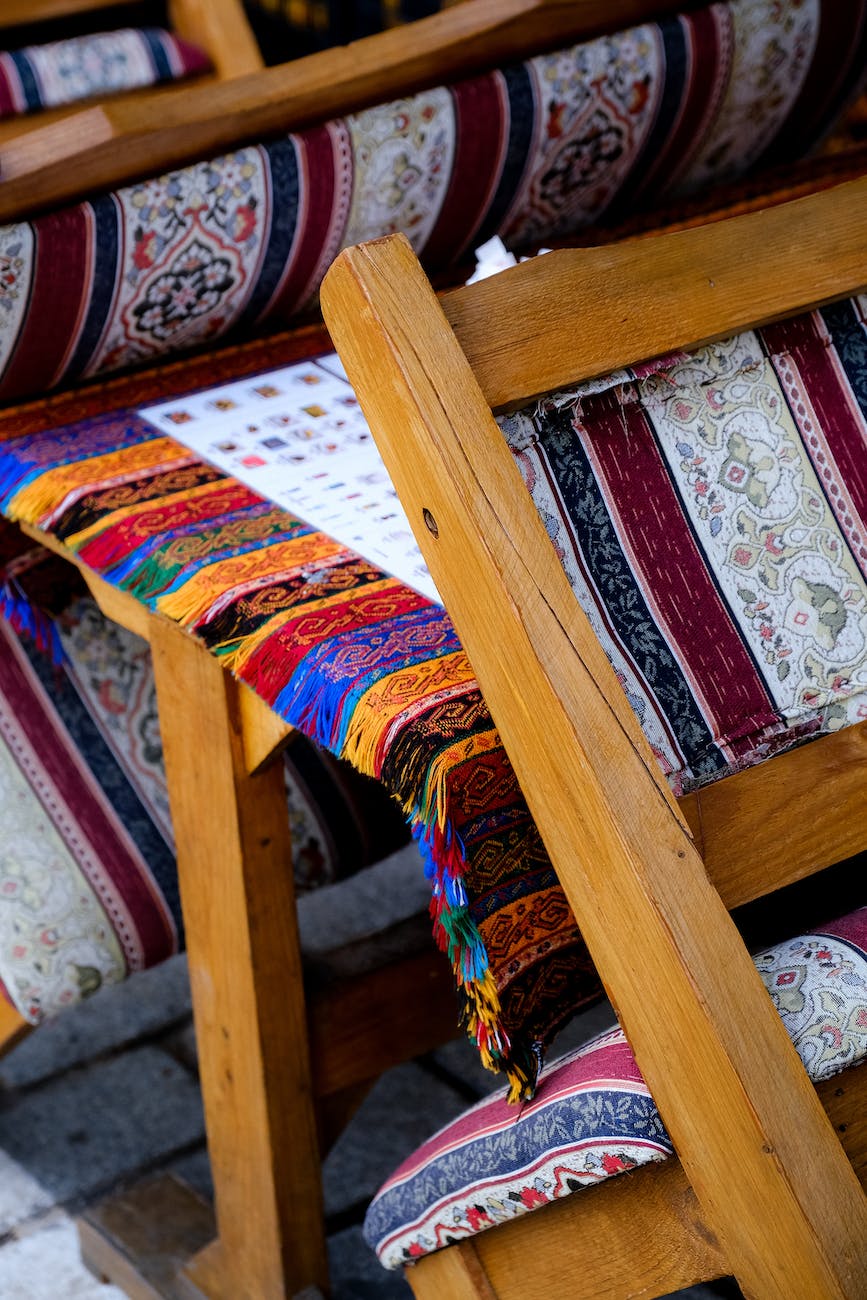The Science of Rug Making: Understanding Techniques and Fibers
Rug making encompasses a fascinating intersection of art, culture, chemistry, materials science, physics, and engineering. Scientific principles guide every step from fiber selection and dye chemistry to the mathematics underlying weave constructions. Generations of experimentation perfected techniques. Understanding the science behind rug crafting reveals the meticulous thought, precision, and problem solving ability needed to create these textile masterpieces. This article illuminates the diverse scientific concepts powering the origins of handmade rugs.
Science of Rug Fibers and Textiles
The inherent properties of rug making raw ingredients inform function:
Wool Chemistry
Wool fibers consist of a protein cortex protected by hydrophobic lipid and keratin scales. Variations in scales contribute to wool’s durability, elasticity, and feltability.
Cotton Botany
Cotton consists almost entirely of cellulose. The spiral twisting of cellulose chains makes cotton strong and absorbent with thermal insulation capacity.
Silk Structure
Silk fibroin protein forms crystalline beta-pleated sheets giving silk strength. Microscopic triangular prism structure refracts light creating silk’s luminous sheen.
Synthetics Engineering
Nylon, rayon, and polyester are scientifically engineered from raw petrochemicals into synthetic yarns with customized traits like stain resistance or durability.
Dye Photochemistry
Understanding photonic energy and chemical bonding principles allows tailoring synthetic and natural dyes to permanently color different rug fiber substrates.
Fiber Origins
The biological processes of silkworm cultivation, sheep wool growth cycles, cotton agriculture, and manufacturing variables determine yarn properties.
Chemistry of Natural Dyeing
botanical and mineral dyeing involves harvesting potent pigments through extraction:
Tannins
Tannins found in oak bark and sumac interact with metal salts to produce vivid colors as the pH changes from alkaline to acidic in the dye bath.
Anthraquinones
Red anthraquinone pigments are abundant in insect cochineals and plant roots like madder. Mordants brighten and fix these colors.
Indigoids
Indigoids from woad leaves, indigo, and logwood produce blues and purples. Oxidation through exposure to oxygen sets the color.
Flavonoids
Quercetin and rutin yellow flavonoid compounds occur plentifully in onion skins, tartary buckwheat, and dyer’s greenweed herb.
Carotenoids
Carotenoid pigments make vivid yellows, pinks, and oranges. Common rug dye sources are safflower, marigold, and carrot.
pH Effects
Shifting the alkalinity, acidity, and mineral content scientifically influences how dye pigments interact and bond with different fibers.
Physics of Traditional Looms and Tools
Handmade looms and tools utilize basic mechanics:
Pulley Systems
Lever and pulley systems on vertical looms maximize force to tightly stretch hundreds of warp threads, transferring manual input into mechanical advantage.
Momentum Physics
Spinning wheels conserve angular momentum as spindles unwind, permitting sustained twisting of fibers when forming yarn with consistent alignment.
Tension Triangles
Sturdy triangular loom frames distribute muscular input forces evenly across rug warp threads, preventing distortion through structural truss-like physics.
Knot Movement
The precise shifting, knotting, and row alignment relies on friction, gravity, and mechanical advantage conferred by the weaving comb beater.
Shearing Sharpness
Quality steel shear blades cut and sculpt dense rug piles based on leverage, angles, and shear strain patterns optimized for each style, affording flexibility or crispness.
Ergonomic Design
Proper wrist alignment, grip angles, leverage, and custom fit provided by hooks, needles, and beaters reduces fatigue enabling hours of intensive rug work.
Math and Calculations in Planning
Numeric precision factors into preparing and executing rug designs:
Ratio Calculations
Spinning consistent yarn requires careful calibration of whorl gear ratios to achieve the ideal twist per inch according to fiber properties.
Weaving Density
Threads per inch in both vertical and horizontal directions determine rug density, durability, insulation levels, and finished thickness. Density ratios impact longevity.
Dye Mixtures
Precise measurements and percentages ensure accurate dye pigment formulations, often using mordant metal salts to activate and bind colors.
Pattern Planning
Scaling graph paper drawings and double checking row counts prevents distortion when enlarging small motif sketches into full scale rugs.
Loom Sizing
Finished rug dimensions dictate loom size, warp length, and heddle number. Maximizing loom capacity streamlines larger rugs woven in panels.
Fringe Planning
Fringe size largely relies on the number of warp threads used. Standard ratios help estimate fringe height for planning. Knotted fringe utilizes more threads.
Understanding fiber science, chemical interactions, leverage principles, and geometric relationships allows rug artisans to engineer beautiful handmade floors that artfully withstand heavy use. Rug making fuses science with craft.
